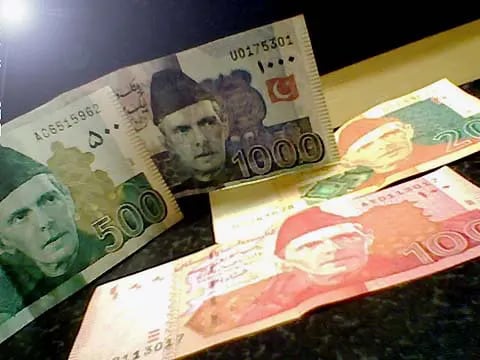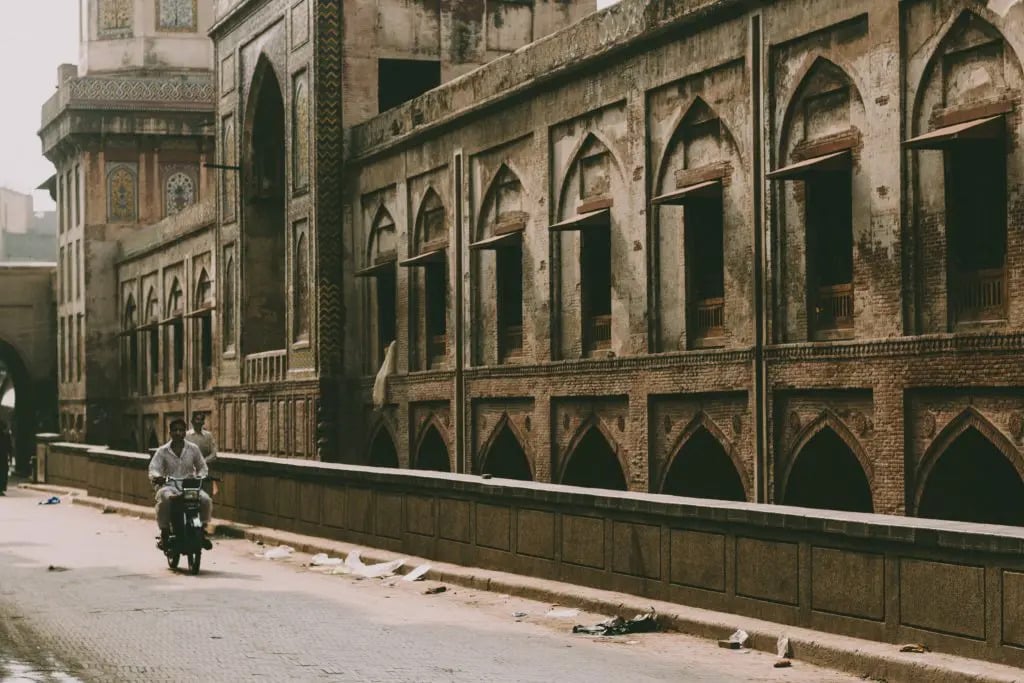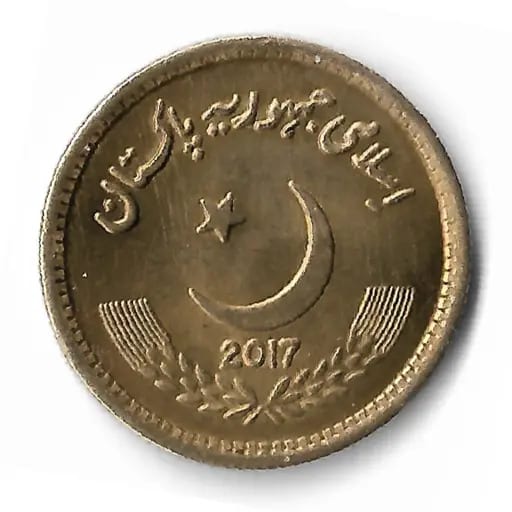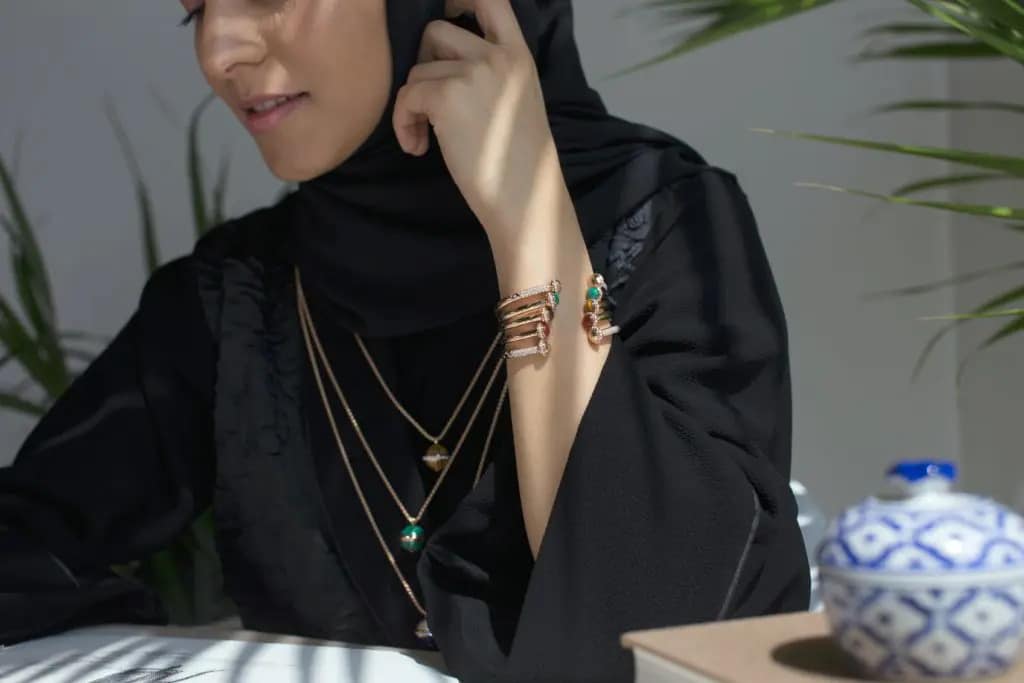Last updated on March 6th, 2024 at 05:14 pm

The Pakistani rupee (PKR) is a modern currency with a long history. Although the nation of Pakistan formed in 1947, Pakistan’s currency is much older than that. People living in present-day Pakistan used the rupee for centuries as currency.
From tourists planning a short-term trip to family members sending money back home, many people need to convert their U.S. dollars, euros, pesos, riyals, or pounds to PKR.
In this article, we’ll cover essential facts about Pakistan’s currency, the rupee, including its long history as well as how to get the best deal on currency conversions.
Pakistani rupee 101
The rupee is the official currency of Pakistan. Unlike other currencies, Pakistan doesn’t break its banknotes into smaller units, like cents. This means the smallest denomination is 1 rupee.
It’s also important to note that the Pakistani rupee is not interchangeable with the Indian rupee. Rupees are currently minted by Pakistan’s central bank, the State Bank of Pakistan.
Here are some quick facts about Pakistan’s currency:
- Currency Code: PKR
- Abbreviation: Rp or Rs
- Coins: 1, 2, 5, 10, 20, 50
- Banknotes: 10, 20, 50, 100, 500, 1,000, 5,000
In 2008, the State Bank of Pakistan unveiled new designs for its banknotes, as well as the addition of a 5-rupee coin to replace the 5-rupee banknote.
Pakistan counts large values of rupees by the thousands. For example:
- One lakh is 100,000 rupees.
- One crore is 10 million rupees.
- One arab is 1 billion rupees.
- One kharab is 100 billion rupees.
A short history of Pakistan’s currency
Britain ruled Pakistan from 1857 to 1947 under the British raj. Pakistan gained its independence in 1947, but it did not yet have a central banking system. The Reserve Bank of India temporarily provided Pakistani currency as the Government of Pakistan set up its own banking system and printing press.
The State Bank of Pakistan issued the first banknotes on October 1, 1948, in the denominations of 5, 10, and 100 rupee notes. The bank released 1- and 2-rupee notes approximately six months later.
While smaller denominations are no longer in use, Pakistan once subdivided the rupee into the anna and the paisa (paise is the plural form). Four annas equaled one paisa, and 96 paise equaled one rupee. In 1961, Pakistan discontinued the anna, and it stopped minting paise in 1994.
The State Bank of Pakistan changed the rupee’s design over time. Currently, each banknote has a different color and size, as well as watermarks and security threads to prevent counterfeiting.
As of November 30, 2016, Pakistani banks no longer accept any banknotes using old designs. However, the State Bank of Pakistan accepted older designs of 10, 50, 100, and 1,000 rupee notes through December 31, 2021.
The national bank pegged the value of Pakistan’s currency to the British pound (GBP) as a way to manage inflation. But when Pakistan separated from the pound in 1981, inflation increased, and the rupee lost value.
Depreciation continued well into 2008. Increased militancy, trade deficits, a lack of foreign investment, and economic instability continue to keep the Pakistani rupee at a low value.
Those who want to learn more about the history of Pakistani currency can visit the Money Museum of Pakistan in Karachi. Its six galleries display the history of the Pakistani rupee, including the history of the State Bank of Pakistan and a currency gallery.
The Pakistani rupee exchange rate

If you have currency from another country, you can convert it into Pakistani rupees before a trip to Pakistan. Visit a currency exchange counter or a bank to convert any of the following to PKR:
- U.S. dollars (USD)
- Euros (EUR)
- Australian dollars (AUD)
- New Zealand dollars (NZD)
- Hong Kong dollars (HKD)
- Swiss francs (CHF)
The amount of rupees you receive will depend on the current exchange rate.
You can find real-time foreign exchange rates online via various free currency converter tools. You can also consult money transfer apps like Remitly for their latest Pakistani rupee exchange rates.
Pakistan’s currency: 5 interesting historical facts
While Pakistan is still a fairly new country, the rupee has a long and colorful history in the region. The rupee blends ancient and modern civilizations in both design and function.
1. The word “rupee” comes from Sanskrit.
The modern word “rupee” comes from the Sanskrit word “rūpyakam,” meaning “coin of silver.”
While the rupee as we know it didn’t exist until the 1500s, references to silver coins as “rūpyakam” extend as far back as the mid-300s BCE.
Today, the Pakistani people also refer to rupees as “rupaya” or “rupaye.”
2. Sher Shah Suri introduced the first coin with the name “rupee” in the 1500s.
Before the nations of India or Pakistan existed — and long before British colonialism — the Mughal empire ruled the region. Afghani king Sher Shah Suri ruled out of present-day Delhi and introduced the rupee during his reign from 1540 to 1545.
The rupee is now the official currency of not just Pakistan and India but also Indonesia, Maldives, Mauritius, Nepal, Seychelles, and Sri Lanka.
3. India issued the first Pakistan currency.
The Reserve Bank of India and the Government of India initially printed Pakistan’s currency post-Partition. Although India printed these notes, the mint stamped the bills with the phrase “Government of Pakistan.” The State Bank of Pakistan later took over the process of designing, issuing, and printing rupee banknotes.
4. Early versions of Pakistan’s currency included both Urdu and Bengali text.
During Partition, Pakistan consisted of West and East Pakistan. This meant that there were two major languages in the country — Urdu and Bengali. Pakistan accounted for this by designing bilingual banknotes. However, once East Pakistan became the country of Bangladesh in 1971, Pakistan removed Bengali text from its banknotes.
5. Pakistan printed special “Hajj notes” until 1978.
In the 1950s, the number of Pakistani Muslims performing their Hajj pilgrimage to Saudi Arabia grew exponentially.
To simplify currency exchange, the State Bank of Pakistan issued special “Hajj notes,” which acted as travelers’ checks. The bank circulated these notes until 1978, but they’re popular collector’s items today.
Getting the best deal on Pakistani rupees

Whether you’re a tourist, on a religious pilgrimage, or visiting family in Pakistan, there are a few ways to get Pakistani rupees. In most cases — and especially outside of major cities — you will need cash for your purchases.
According to the government of Pakistan, you can bring up to $10,000 USD or the equivalent in another foreign currency. If you’re planning to bring PKR into the country with you, you can have up to 10,000 rupees. If you’re coming in from India, however, you can only have up to 3,000 rupees.
You can exchange your cash for Pakistan currency at the airport, or even order PKR ahead of time from your local bank. If you do so, be sure to request smaller notes in denominations of 20, 50, and 100 rupees. Bigger notes are much harder for Pakistani vendors to break.
However, you’ll often find a better deal withdrawing money from an ATM. If you have a Visa card, Visa makes it easy to find ATMs that will accept your card. Despite their convenience, keep in mind that ATMs generally charge a fee and may come with a security risk.
ATM fraud is possible, so you’ll want to cover your keypad when inputting your password. Try to use ATMs during business hours and preferably at machines located inside a bank or hotel.
Sending money to Pakistan

If you’re sending money home to loved ones in Pakistan, converting your USD, GBP, or another currency into rupees can be expensive.
Bank wires typically charge high fees and take days to reach the recipient. Other money transfer services may have the same issue.
The problem is that money transfer transaction fees typically increase with the amount that you send. This makes things complicated because then you have to calculate a “sweet spot.” How can you send the maximum amount with the lowest fee possible?
With Remitly, you can send $100, $1,000, or even up to $10,000 in a single transfer to Pakistan while paying the same $1.99 transfer fee when you send from the U.S.
Plus, you have more options than just sending money to a bank account. You can also pick up the money from your local bank or have it delivered to your mobile money wallet.
It’s more than just money
The Pakistan rupee has a long history that reaches back as far as mid-300 BCE. Pakistan currency evolved from a silver coin and into a modern currency that millions of people around the world rely on.
